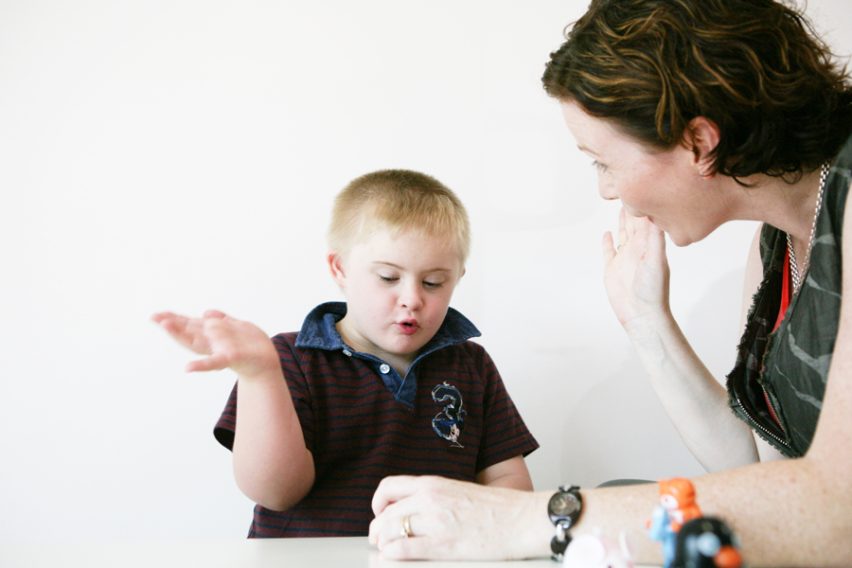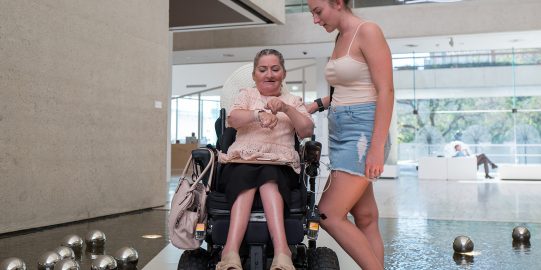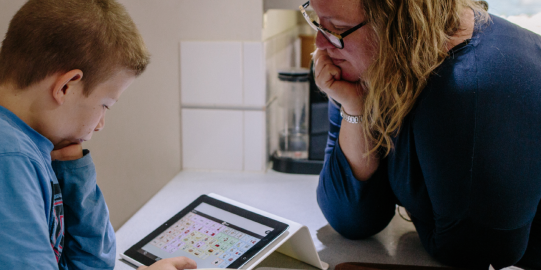There are many ways to communicate.
In a day, you may talk to your family, wave to your neighbour, send an email to a colleague, a text message to your brother, or perhaps even a letter to your grandmother! We are all, naturally, multimodal communicators. We use different modes of communication on a daily basis. This can certainly be true For AAC users.
Do: Respect multimodal communication
AAC users may happily use many different modes of communication as well. It may be a combination of vocalizations, words, word attempts, pointing to pictures or photos or objects, sign language, natural gestures, body language, facial expression, as well as their AAC system.
Often they will use the fastest and most efficient means of communication available to them in the moment! All of the methods of communication have their place. All of these methods of communication should be valued, respected and responded to.
An AAC user may choose to use their AAC system in different situations, yet fall back on less formal communication methods at other times. They may say some words using their AAC system (eg. “I want that”), while pointing to the desired object. They may point to a picture on their visual schedule (eg. “library”), while using body language to indicate they are asking about when library is. Maybe they use their AAC system to say something when their gestures and vocalizations are not understood by their communication partner. There are so many combinations and solutions that can make communication successful.




